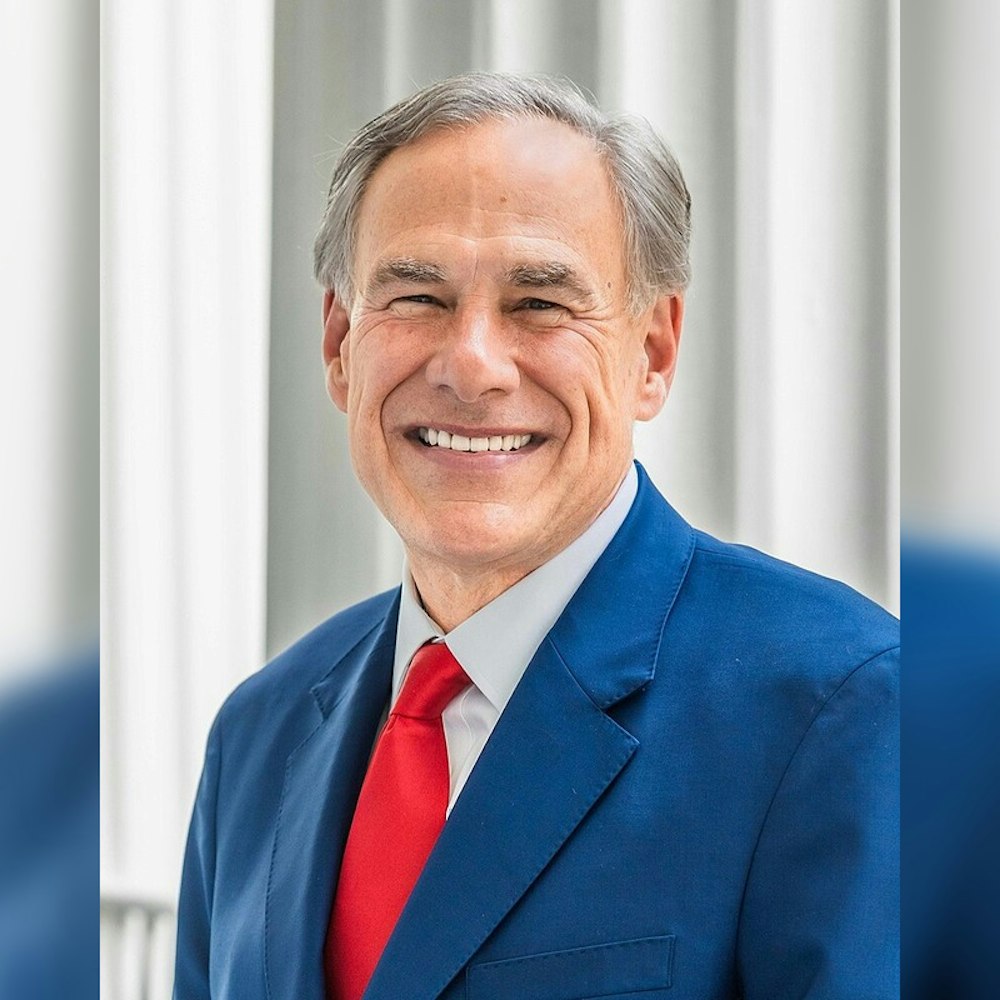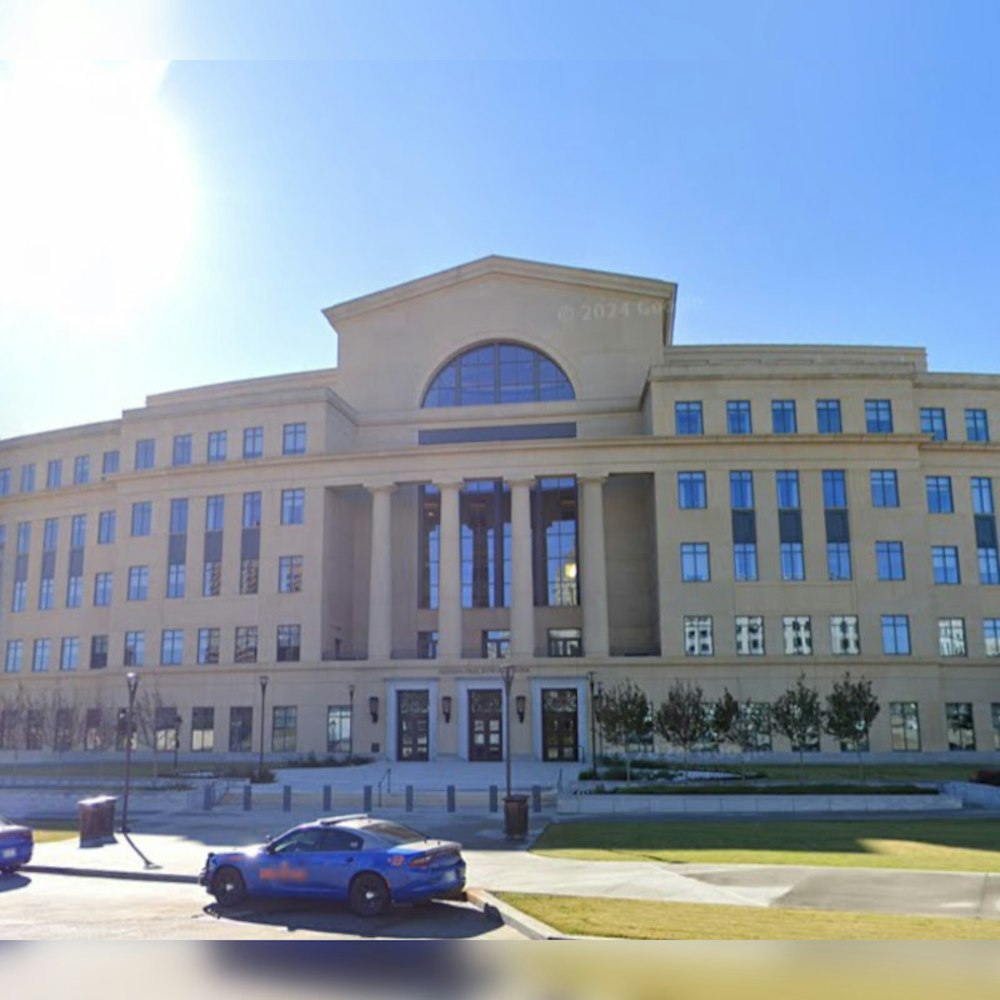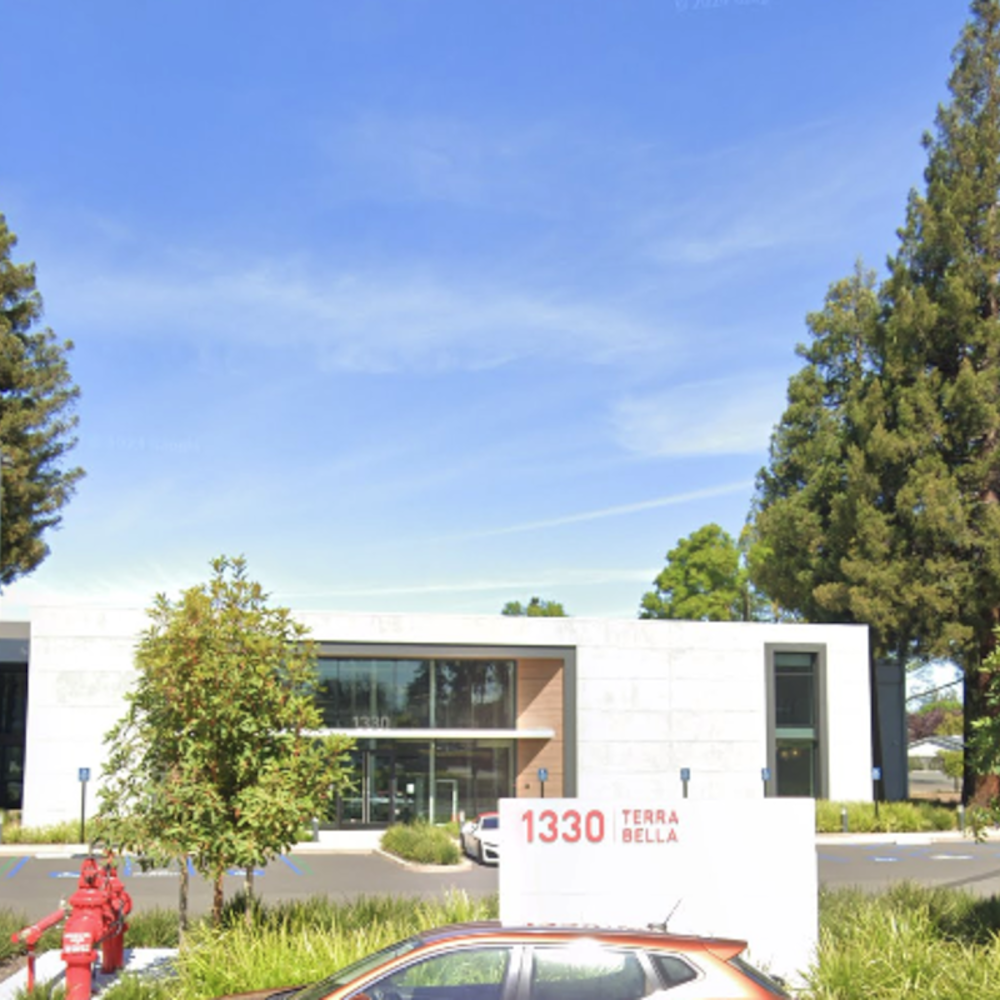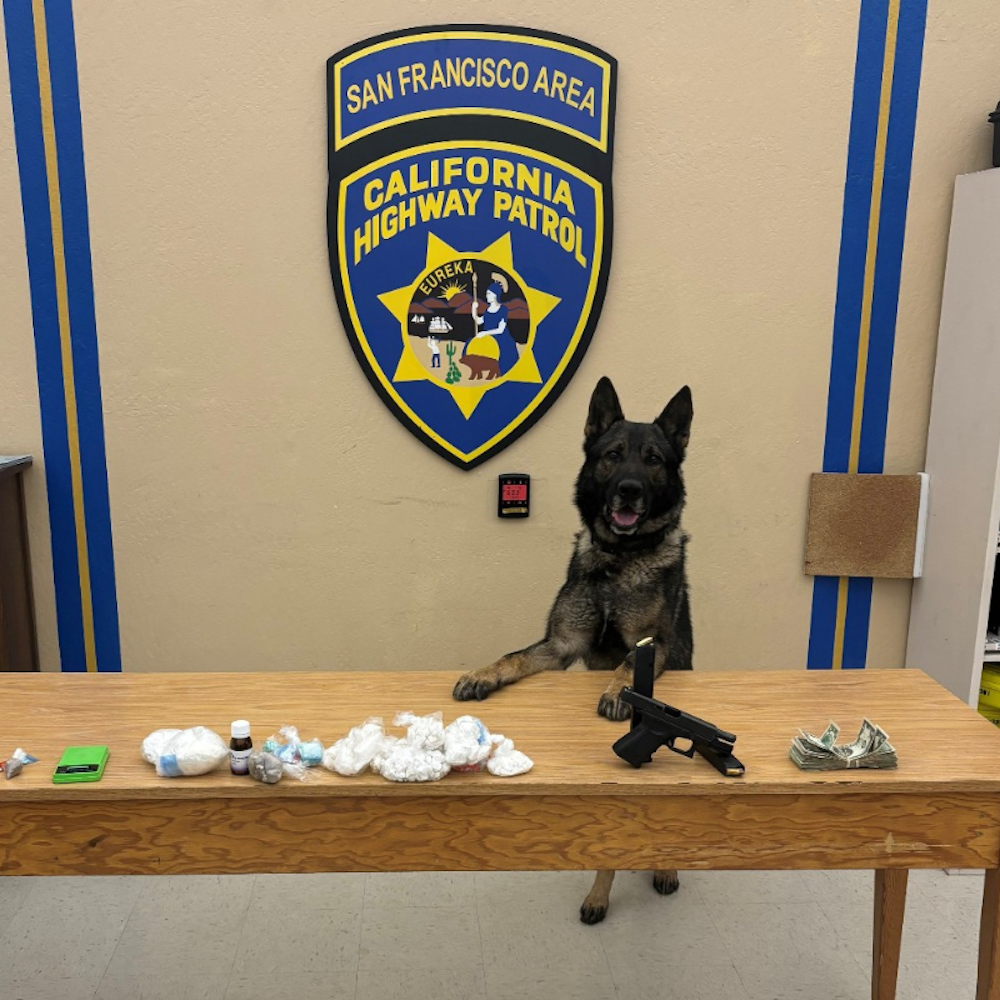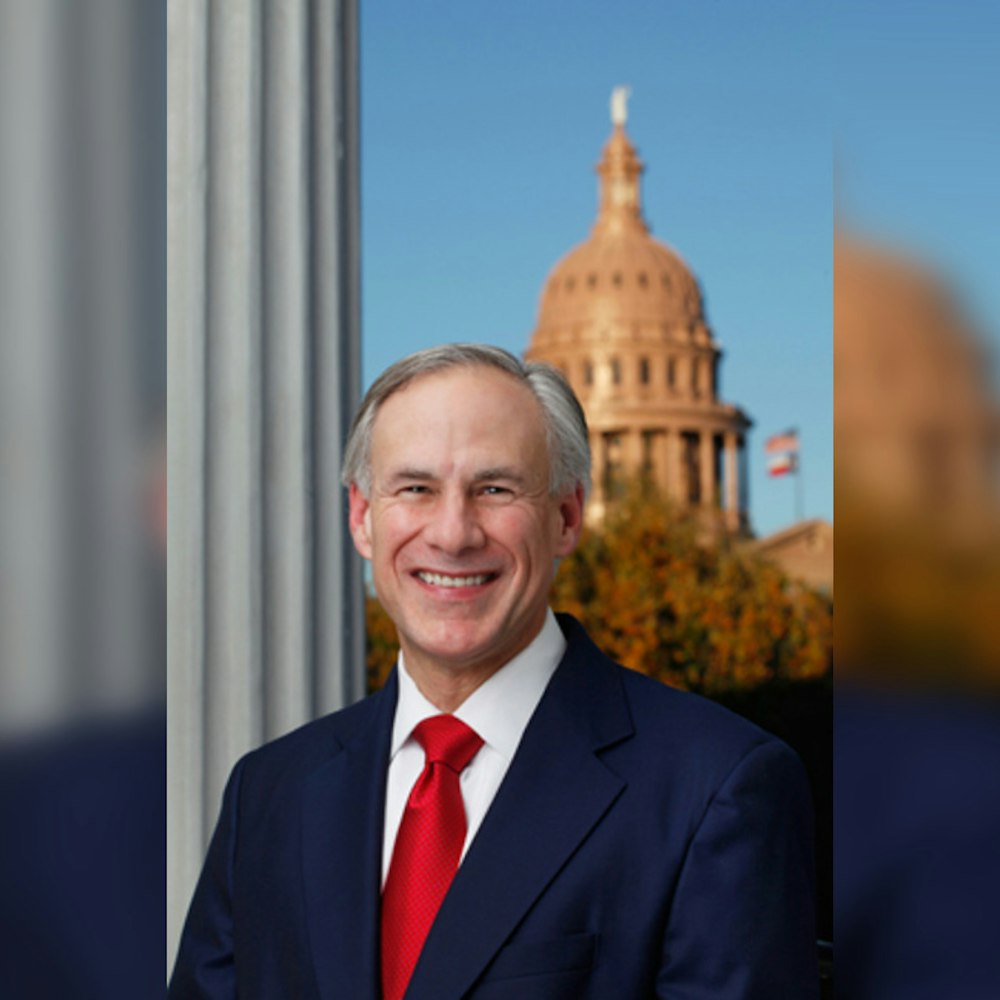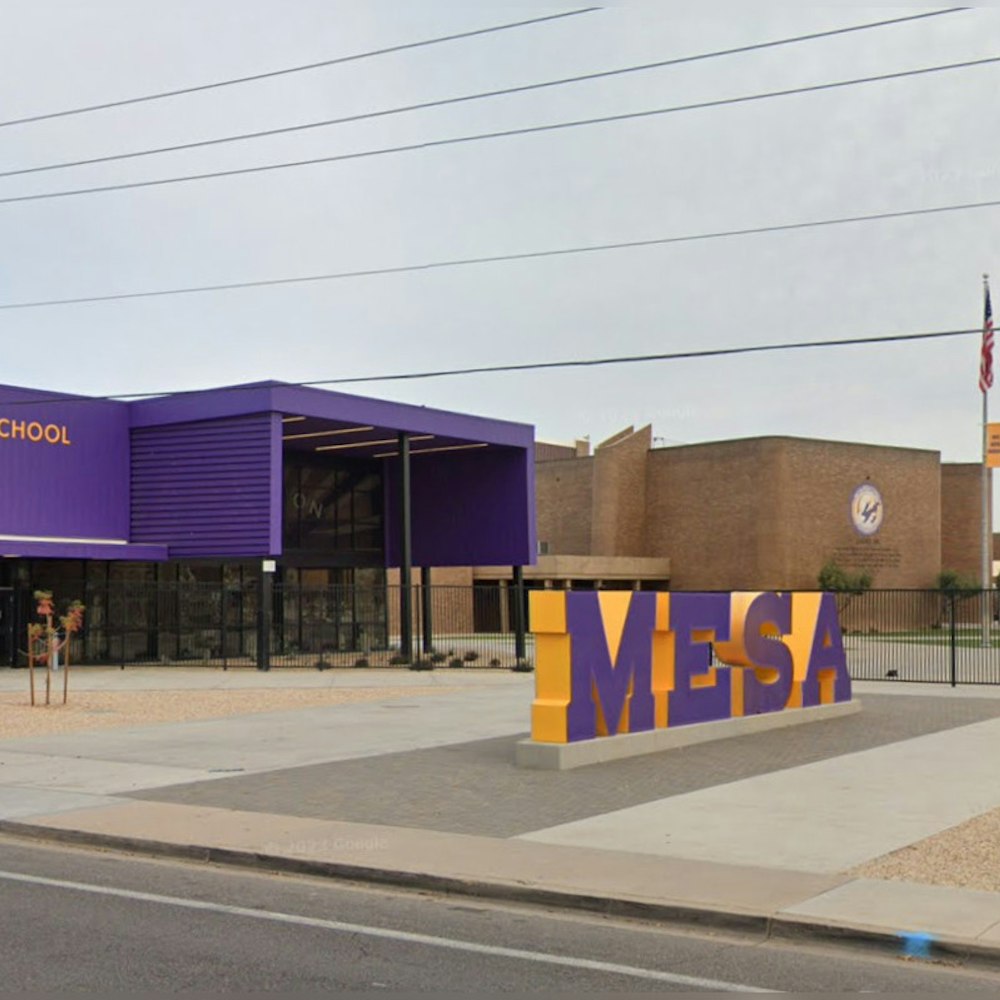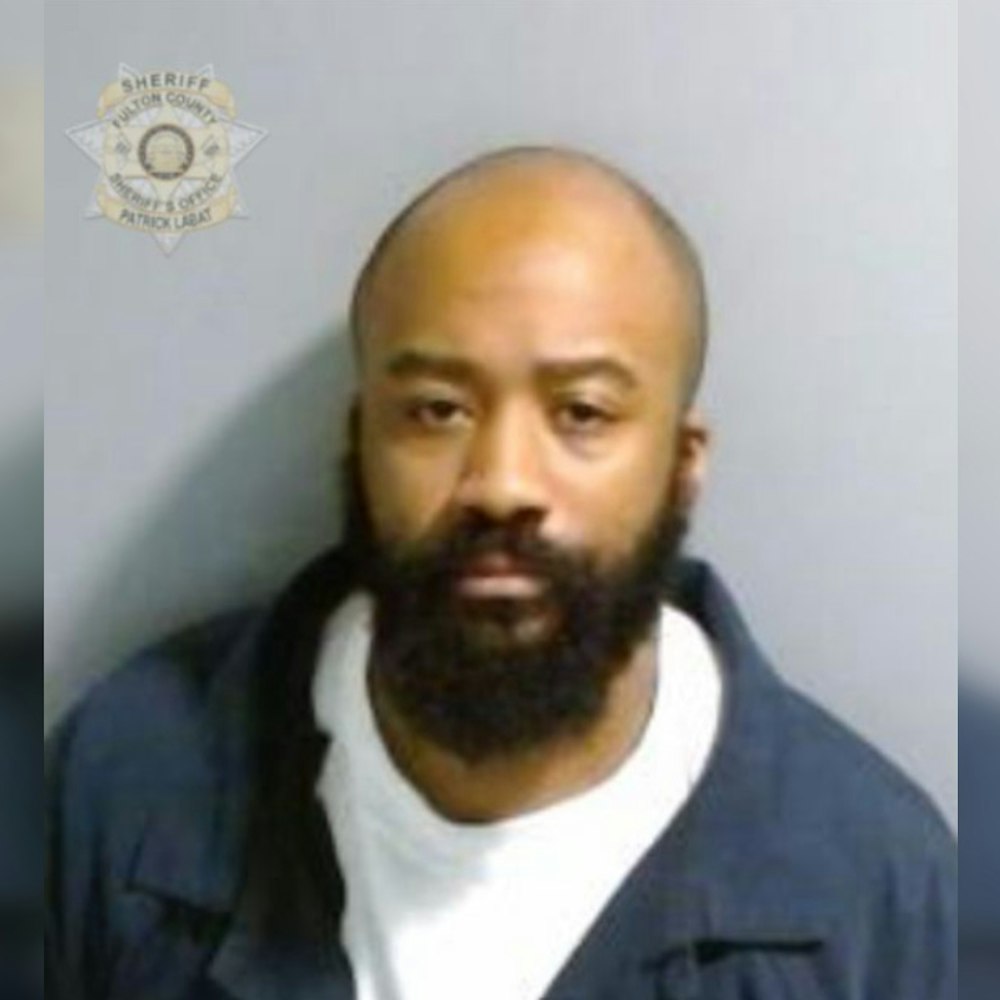
A week after tragedy struck in Boston's Seaport District, local officials and members of the community convened in a poignant effort to address traffic safety -- a stark reminder of the cost of urban progress unchecked by sufficient safety measures. The deadly incident punctuated ongoing concerns among residents regarding the intersection of Sleeper and Congress streets.
Gracie Gancheva, just four years old, met an untimely end when a pickup truck collided with her in close proximity to the Boston Children's Museum. Not a single criminal charge or citation was issued to the driver involved in the accident that occurred on March 24, according to a report by The Boston Globe. The incident has amplified cries for immediate traffic safety enhancements from the community and city officials alike.
In response to the outcry, Mayor Michelle Wu's Chief of Streets, Jascha Franklin-Hodge, said that changes to the intersection would commence within weeks. Lindsay Fertitta, local resident and mother, echoed the neighborhood's sentiment at a recent gathering, stating "I hate driving" and lamenting the danger present when walking or allowing her children to ride their bikes. Fertitta's strong words were cited in an interview by NBC Boston, reflecting a growing impatience with the status quo.
Among the immediate changes is the removal of a parking spot near the fatal intersection to improve visibility, and installing a box of flex poles to deter drivers from cutting the corner. Tom Ready of the Fort Point Neighborhood Association emphasized the urgency of these improvements, stating, "It needs to happen tomorrow." These developments stem from conversations where both officials and the public have engaged in a candid exchange of concerns and potential remedies. This environment of collaboration suggests that, though the wounds are fresh, there is a concerted push toward healing the vulnerabilities of the city's infrastructure.
While the long-term vision for the Seaport District includes a $9 million street redesign, set to begin next year, including raised crosswalks at the deadly intersection, residents continue to lobby for quicker action. The area's significance, underscored by nearly a million annual visitors to the Children's Museum and Martin's Park, positions it as a bastion of vitality that demands protection on par with that afforded to schools.
City Councilor Ed Flynn has been among the vocal proponents for improved traffic safety and additional police presence. In light of the recent tragedy, Flynn indicated his intent to discuss fortifying local law enforcement's role in monitoring traffic. Moreover, Franklin-Hodge disclosed the city's support for automated surveillance — a measure not currently permitted under state law — as a means to enhance public safety.
The intersection, standing as a both a physical and symbolic crossroads, encapsulates the broader challenge faced by a growing metropolis: to ensure that its infrastructure and regulatory frameworks evolve simultaneously with its expansion, placing the protection of its citizens, particularly its youngest, above all else.
